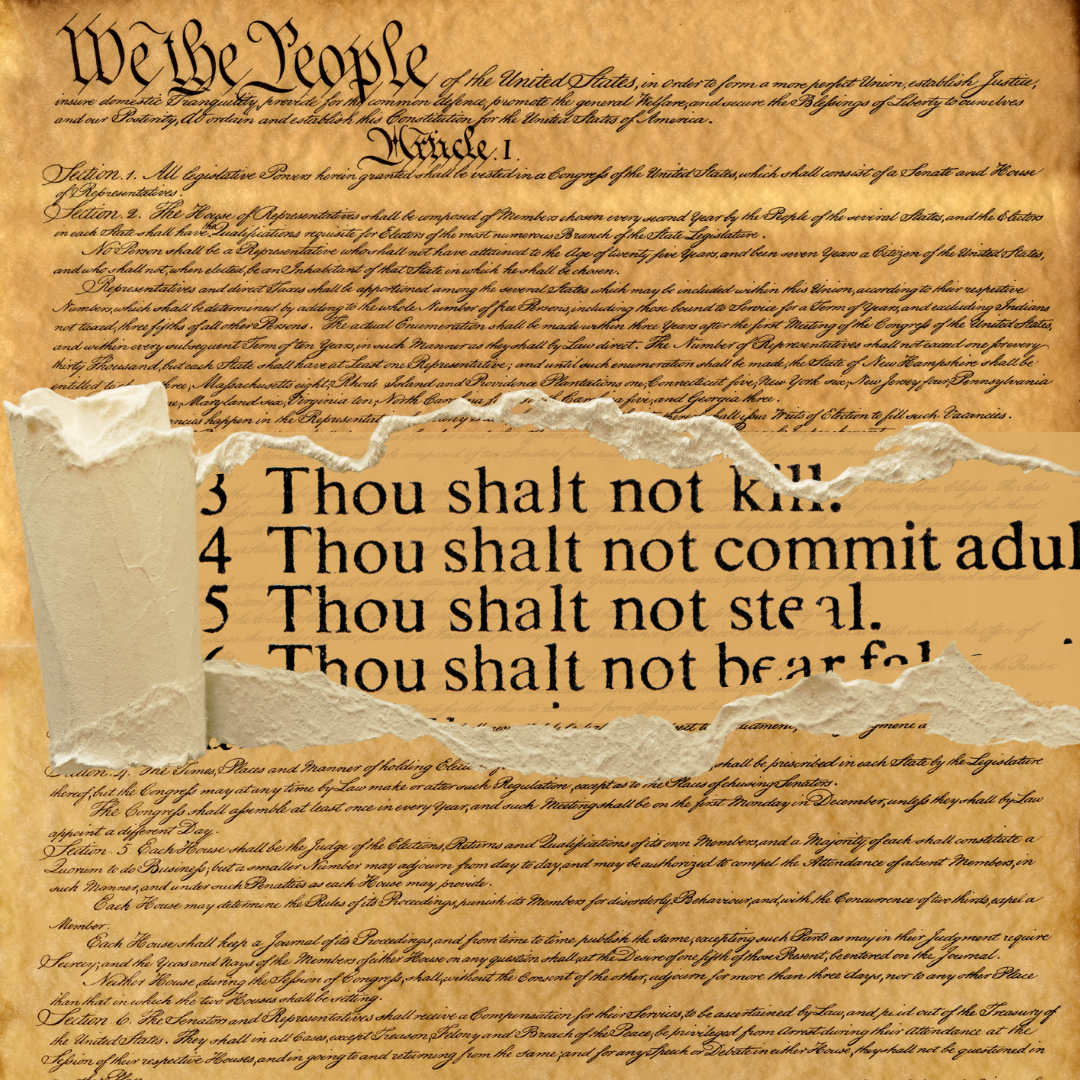…And you might learn something
Recently on two separate occasions, I had my boyfriend and best friend, who are both black, voice that they felt their white group members in class were not listening to them. Either they did not believe them when they pointed out the fallacies in their projects, or they simply were not listening to or considering their suggestions for the project.
These are not special or random occurrences. Racial bias is an insidious thing that creeps into most aspects of life and academia. Peer interactions are no exception. Black students and other students of color face racial bias frequently.
According to Education Week, “As of 2008, 82.7% of Asian students and 78.4% of white students graduated high school on time, whereas the same was true for only 57.6% of Hispanic students, 57% of black students, and 53.9% of American Indian students.” There are also corresponding incongruences for other measures of education, such as standardized test scores.
Some of this bias can be contributed to societal factors, thanks to how our country was built and who has subsequently been oppressed. However, the rest of the bias can be chalked up to what many studies have called “classroom bias.”
According to The Graide Network, the way in which a teacher believes in a student, their academic skills and potential become a “vital ingredient for student success.” This is due to the fact that teachers attitudes towards students are linked to how far the students believe they will go academically, their attitudes toward academics and their ideas of their academic achievement.
Teachers and professors do not inherit this bias when they become educators: clearly this is something that was planted in their heads before they became educators. Thus, teachers are not the only ones who are capable of classroom bias. If teachers are perpetuating this bias, that creates a classroom culture that reinforces discriminatory attitudes.

The idea that white people are smarter or more intelligent than other races is an age old racist theory. The idea of eugenics was something popularized in the United Kingdom, specifically England, and not in Nazi Germany, as many would lead you to believe.
During slavery and Jim Crow, eugenics and phrenology were used to explain why certain ethnicities were superior or inferior to each other. Unfortunately, it is clear that these attitudes have lingered into current times and current classrooms.
I am tired of expressing my ideas and opinions during group projects and being ignored. I know I’m not the only person of color here at St. Joe’s who has the experience of suggesting something to my peers only to be ignored and have a white student say the same exact thing two minutes later.
It is frustrating because not only were you just ignored, but someone repeated the exact same thing you said and was praised for it. It is something that has made me feel small and unimportant in the past. And for more shy and introverted students of color this can be a greater deterrent for them when deciding whether they feel comfortable speaking up during group projects or even just speaking in class.
In one instance I was in a Black Women’s Writers course and I was framing my experience around a topic as a black woman when a white female student cut me off to express what I was saying. Not only is the irony strong, but this is a great example of how students of color can start to feel during group work: frustrated.
The lesson to be learned here is to pay attention to what biases you might hold that you are unaware of. The next time you question someone’s intelligence or are quick to dismiss them, think to yourself, “Why do I feel this way?”













































